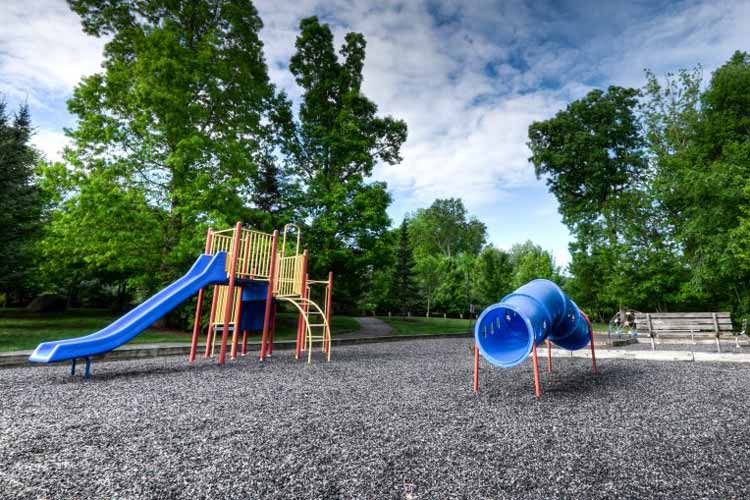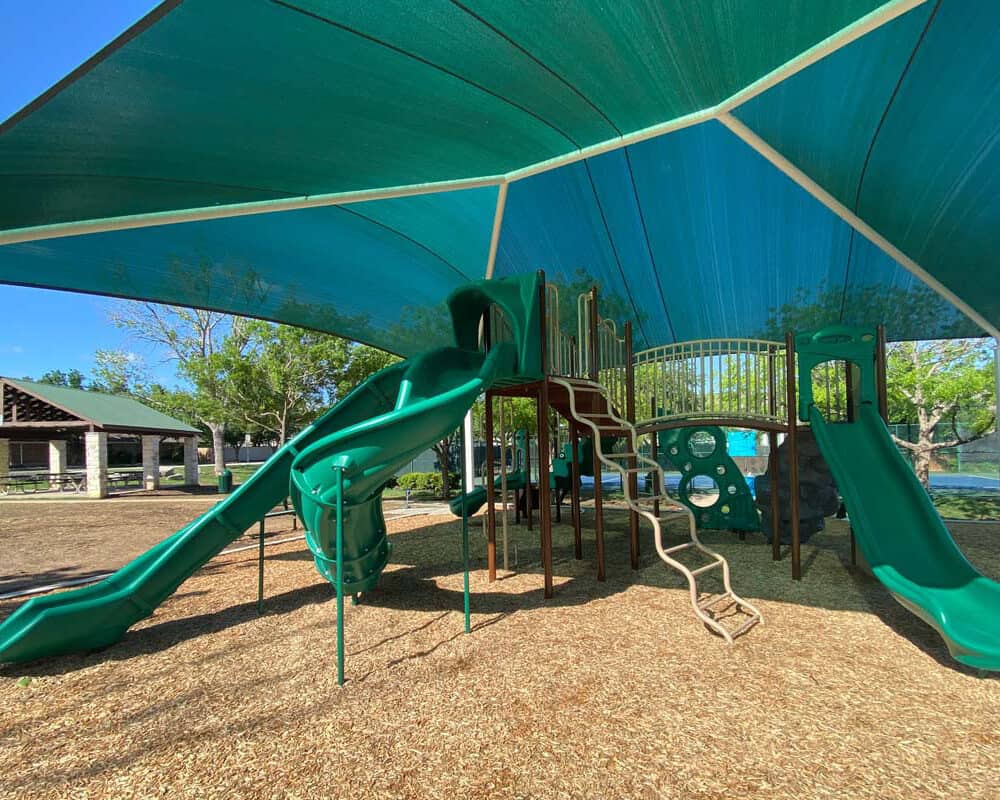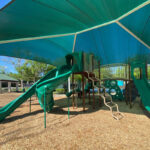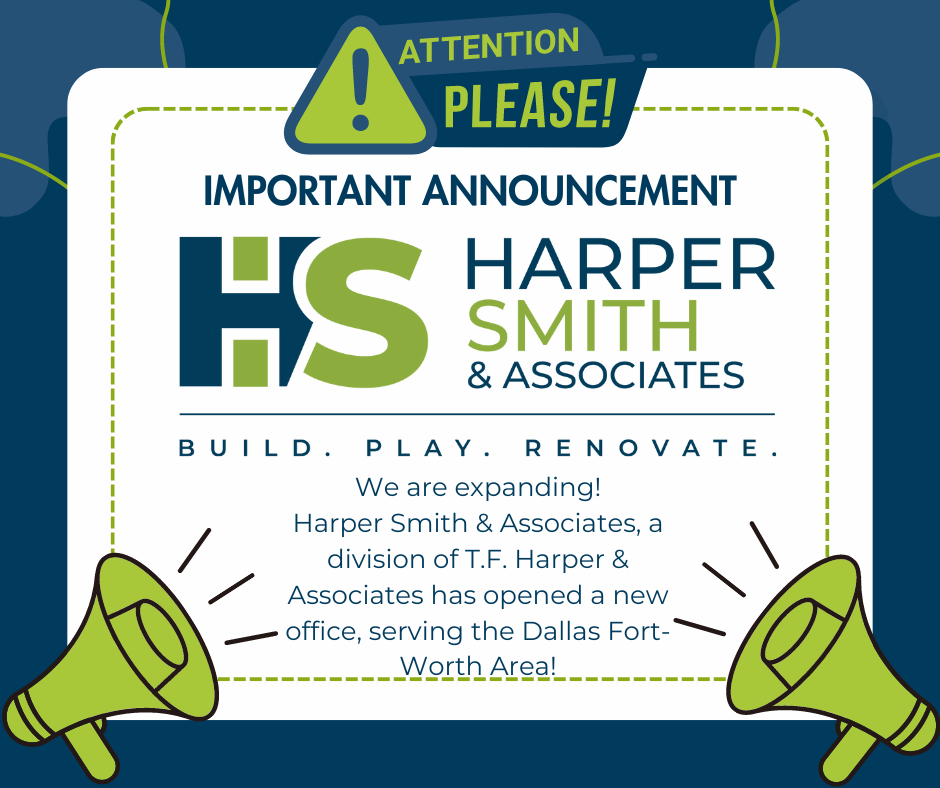Playgrounds have a long history. They pose some interesting design challenges but they can be can be fun to design, especially if the playground has been designed well. The first playgrounds were in Germany where they were developed in order to develop a sense of fair play and manners among children. They spread to England, and then the United States, and have been set up in most countries of the world. In 1906 the organization that would eventually become the National Park and Recreation Association was founded. An interesting develop was the creation of junk parks in post-war Britain, where the park equipment was built from the remains of the buildings and rubbish from the Blitz. Playgrounds since then have been crafted to maximum fun and safety for the children.
The Challenge of Playground Design
The problem with designing playgrounds is that they need to deal with safety issues while allowing children a chance to play. One of the more interesting problems is that playgrounds must teach risk assessment, but that requires playgrounds that have some element of risk. Some designers have also planned in areas where children can play with limited parental supervision, such as wooded areas and open areas, where children can be in charge of their own play. However, the playground also needs to avoid areas with definite safety hazards in order to minimize the possibility of liability lawsuits.
Choosing The Right Material
Plastic & Rubber
Thus the material of choice needs to be debated as well. The usual materials are cement, plastic, wood, metal, and even rubber. Plastic used to see a lot of use as it could be formed into any shape desired, but has been largely discontinued as it tends to crack and shred, creating a major safety hazard. It has been largely replaced by rubber, which has a longer lifespan and can be replaced well before its lifespan is over. It also does well in a variety of different environments making it a great material for playgrounds that need to deal with different types of weather. Some playgrounds use rubber for the flooring as it provides a springy and thus safe material for children to run on.
Cement & Metal
Cement is used in a lot of parks, especially when the park is designed for older kids. It provides a great surface for skating as well as some games and is best when large areas need to be dealt with. It is also used for a lot of stair and creating hills, walls, and other rugged play areas. While cement is used for large areas metal is used for specific areas. Metal is debated as it can resist a lot of different weather and can add a lot to the appearance of a park while creating bars and slides, but it does have the problem of taking on the local temperature, thus becoming a safety hazard in areas of extreme heat and cold.
Wood
Wood is a great material, as it provides a nice, soft organic look, but it does splinter off over time; however, if properly maintained that danger can be minimized. Overall, it can be fun to design a playground, especially as the junk playgrounds of Britain show, with every choice being considered for its potential risk and fun.






